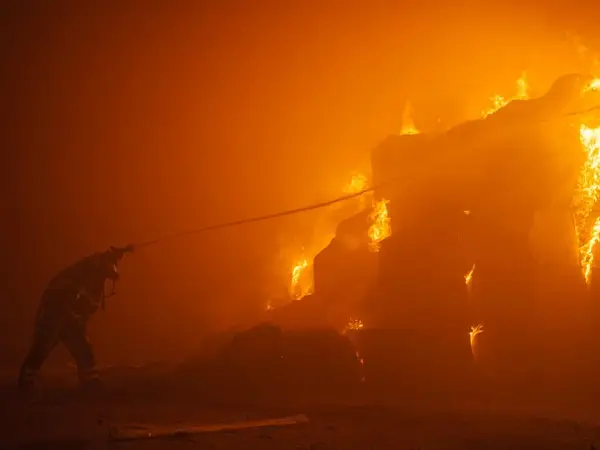The United States and three of its European allies have demanded an investigation by the United Nations over Russian use of Iranian drones against Ukraine.
In a session of the Security Council on Friday, Britain, France and Albania joined the US demanding an urgent investigation after months of mass Russia drone attacks by Iranian-made Shahed kamikaze drones against Ukrainian civilian and military targets.
What was most notable is that Linda Thomas-Greenfield, US ambassador to the United Nations, told the Security Council that the deployment of Iranian drones in a foreign war is a potential violation of Council’s 2015 resolution 2231. That resolution, which accompanies the JCPOA nuclear accord, banned certain Iranian weapons exports until October 2023.
“The United Nations must implement Security Council Resolution 2231. We still have no explanation as to why experts from the 2231 team have not been dispatched to Ukraine to review evidence of these weapons’ origins, and the destruction these weapons have caused. The UN must act with urgency. This is a matter of life or death for the Ukrainian people,” the US ambassador said in her address.
Russia was one of the signatories of the Obama-era nuclear agreement that aimed to restrict Iran’s nuclear program. Resolution 2231 by extension was to deny Iran the development of weapons systems that could be used in the delivery of nuclear weapons.
US, British and French warnings about the potential violation of Res. 2231 was first voiced in mid-October, when evidence and images emerged of Iranian drones shot down by Ukraine.
The Biden administration warned about Russian plans to acquire the drones as early as in July 2022. First mass deployment of the one-way killer drones emerged in early October.
Russia uses the Shahed Unmanned Aerial Vehicles (UAVs) for three purposes. First, is to use them to hit targets, but the drones fly slowly and are very noisy. Ukrainian forces have learned to shoot most of them down. But the Russian military has used dozens of Shahed’s in many attacks during missile barrages to overwhelm air defenses and allow the more expensive missiles to penetrate Ukraine’s anti-air shield.
The third purpose, according to some experts, is simply to force Ukraine to use the expensive and limited number of its Western-supplied anti-air missiles on the Iranian drones, which are much cheaper, estimated to cost around $20,000.
The United States and its allies have imposed rounds of sanction on individuals and entities involved in assisting Iran’s drone program and their delivery to Russia. Lately, concerns have increased over reports of Russia planning to build a plant to produce the Iranian drones.
They have also told Tehran that it should stop its expanding military cooperation with Russia if it wants an agreement over its nuclear program resulting in reduction of sanctions.
“We know the Kremlin has procured hundreds of UAVs and is now working with Iran to produce these weapons inside Russia. And we know that in recent weeks, the Kremlin has used these UAVs to destroy Ukrainian infrastructure and kill and terrorize civilians,” ambassador Thomas-Greenfield told the Security Council on Friday.
